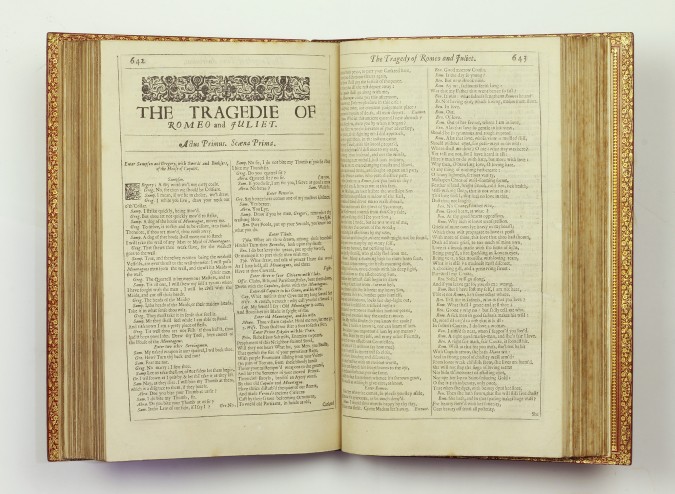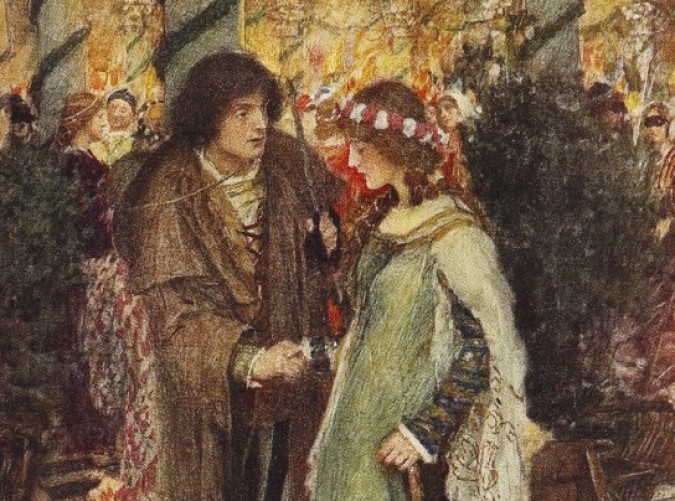‘My bounty is as boundless as the sea. My love as deep. The more I give to thee, The more I have, for both are infinite.”
– Juliet, Act 2 Scene 2..

'Romeo and Juliet', illustrated by William Hatherell
When thinking of the greatest writers of romance, one cannot help but think of William Shakespeare. After over 400 years since his death, Shakespeare’s plays are performed more than any other playwright, and nearly every wedding has at least one Sonnet 116 reading.
"Let me not to the marriage of true minds
Admit impediments. Love is not love
Which alters when it alteration finds,
Or bends with the remover to remove.
O no! it is an ever-fixed mark
That looks on tempests and is never shaken"
Often called ‘the greatest love story of all time’ – which, when you think about it, is a rather strange thing to say about a play that features one off-stage marriage and five on-stage fatalities – ‘Romeo and Juliet’ is the pinnacle of famous love stories. But what is it in this particular Shakespeare play that makes it so captivating?
Shakespeare's Third Folio - Comedies, Histories, and Tragedies.
‘Two households, both alike in dignity, In fair Verona, where we lay our scene…”
Shakespeare tells the tale of two ‘star-cross’d lovers’, who, despite, or because of, their families’ feud, fall desperately in love with one another. They attempt to overcome each hurdle to hold on to their love, but due to their parents’ hate, and terrible miscommunication, (mainly thanks to a poor postal service!) they ultimately fail, and end up (Spoiler Alert!) taking their lives.
When we think of ‘Romeo and Juliet’, we often picture a melodramatic teenage love, and yet, it’s so much more. The opening two acts can certainly be read as a Romantic Comedy, using all of Shakespeare’s usual tropes; the comedic ‘fool-like’ Nurse, forbidden love, and of course, lots of crude jokes. In fact, the opening premise of the play is not dissimilar to ‘A Midsummer Night’s Dream’. We are filled with joy and hope for the young forbidden lovers. However, while ‘the course of true love never did run smooth’ for any of the couples, sadly Romeo and Juliet don’t have the help of mischievous fairies to guide them toward a happy ending.
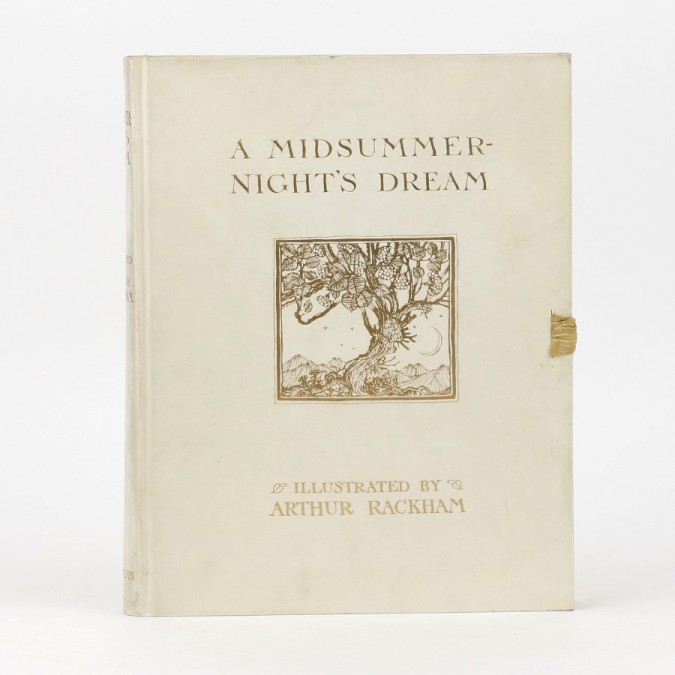
Shakespeare's 'A Midsummer Night's Dream', illustrated and signed by Arthur Rackham
“And yet, to say the truth, reason and love, Keep little company together nowadays.”
- A Midsummer Night’s Dream
‘Romeo and Juliet’ is undoubtedly full of Shakespeare’s most powerful romantic poetry. A great example is the lovers’ first meeting in Act 1 Scene 5, where their lines come together to form a perfect Shakespearean sonnet - love at first sonnet as it were! However, when the two meet again during the iconic balcony scene, Romeo attempts to use the sonnet form again to pledge his love, but Juliet breaks it by asking "Dost thou love me?" In doing this, she searches for true expression, rather than a poetic exaggeration of their love, wanting to be certain he definitely loves her. Making the lovers relationship something we, as the reader or audience, can believe in.
Romeo and Juliet Illustration by William Hatherell
“If I profane with my unworthiest hand. This holy shrine, the gentle sin is this:
My lips, two blushing pilgrims, ready stand. To smooth that rough touch with a tender kiss.”
- Romeo, Act 1 Scene 5
After the death of Mercutio, Romeo’s “mercurial” friend, and Tybalt, Juliet’s cousin, the play barrels toward the final tragedy at an alarming pace. However, Shakespeare is able to introduce complexity to the usual Aristotelian Tragic structure. Shakespeare encourages us to believe in and empathise with the lovers; yet, he doesn’t endorse the idea of following your heart without caution (they do die in the end!) Allowing for the play to become not only a love story, but also a political one: should you be loyal first to your own feelings? Or to your family? Or to your state? These real world debates are what make Shakespeare’s writing on love so real; by surrounding his romanticism in reality, he is able to capture the complexity of what we call love.
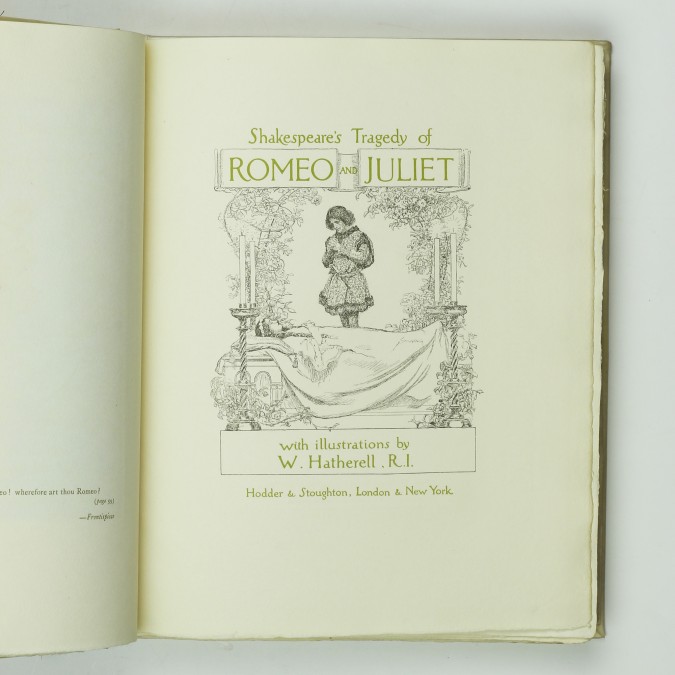
First edition 'Romeo and Juliet', illustrated by William Hatherell.
“I fear too early, for my mind misgives;
Some consequence, yet hanging in the stars,
Shall bitterly begin” – Romeo, Act 1 Scene 4
‘Romeo and Juliet’ may be an amazing work of poetry, but it also pandered to the popular tastes of the time. Renaissance theatre wasn’t exactly high art; most of the time people were literally choosing between seeing a Shakespeare play and watching a chained bear attempt to fight off a pack of dogs. Shakespeare knew how to fluctuate between entertainment and intellectual engagement, asking questions about honour, fate, duty, and human frailty. After all, Literature and Theatre that is both fun and thought provoking will always resonate with the reader and audience. Maybe that’s why ‘Romeo and Juliet’ is the greatest love story of all time; because while it is a love story at its core, it is surrounded by so much more.
Collectors of Shakespeare's works seek out anything from the rarest 17th century folios and quartos to finely bound copies or beautiful illustrated versions. Feel free to browse our Shakespeare collection here.
Kelly Ann Stewart
As well being an Antiquarian bookseller Kelly is an actress. She will be playing the role of Juliet in a forthcoming production in Dorchester Abbey. Full details and tickets availabe here
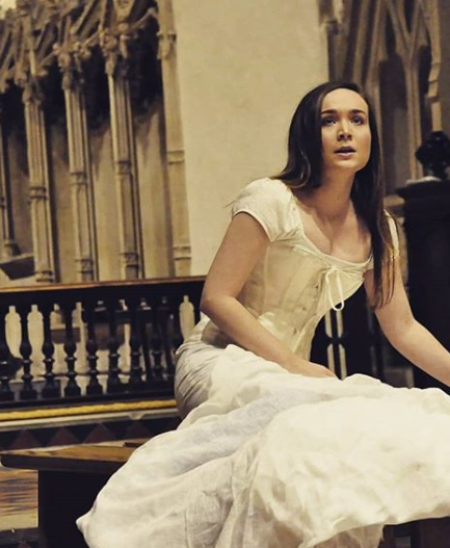
Recent Posts
- The Evolution of Crime
- Tour The Bookshop On Your Screen
- The Genesis of Mr. Toad: A Short Publication History of The Wind In The Willows
- Frank Hurley's 'South'
- The "Other" Florence Harrison
- Picturing Enid Blyton
- Advent Calendar of Illustration 2020
- Depicting Jeeves and Wooster
- Evelyn Waugh Reviews Nancy Mitford
- The Envelope Booklets of T.N. Foulis
- "To Die Like English Gentlemen"
- Kay Nielsen's Fantasy World
- A Brief Look at Woodcut Illustration
- The Wealth Of Nations by Adam Smith
- What Big Stories You Have: Brothers Grimm
- Shackleton's Antarctic Career
- Inspiring Errol Le Cain's Fantasy Artwork
- Charlie & The Great Glass Elevator
- Firsts London - An Audio Tour Of Our Booth
- Jessie M. King's Poetic Art, Books & Jewellery
Blog Archive
- January 2024 (1)
- January 2023 (1)
- August 2022 (1)
- January 2022 (1)
- February 2021 (1)
- January 2021 (1)
- December 2020 (1)
- August 2020 (1)
- July 2020 (2)
- March 2020 (3)
- February 2020 (2)
- October 2019 (2)
- July 2019 (2)
- May 2019 (1)
- April 2019 (1)
- March 2019 (2)
- February 2019 (1)
- December 2018 (1)
- November 2018 (1)
- October 2018 (2)
